Yesterday afternoon, wildlife experts from DNR, The Maryland Zoo in Baltimore, and Tri-State Bird Rescue and Research released a rehabilitated female snowy owl on the beaches of Assateague State Park. The team has been caring for and working with the bird since she was found with a wing injury last March in Baltimore. Before her send-off, the owl was outfitted with a small tracking device so her travels could be chronicled through Project SNOWstorm.
The owl, now referred to as Delaware, was initially banded along the Delaware Atlantic shore last December and presumably spent the winter somewhere in the mid-Atlantic region.
“We are quite pleased to finally return this beautiful owl to the wild,” said David Brinker, DNR central region ecologist. “Her recovery is the culmination of several months’ work by a number of passionate and talented wildlife experts.”
The injured female was rescued by DNR staff at Martin State Airport last March. After a surgery at The Maryland Zoo to place pins in her injured wing, the owl was transferred to Owl-Moon Raptor center for Flight Conditioning and evaluation. Unfortunately, the animal was not fully-rehabilitated in time for a release last year. To guarantee the best possible outcome of the rescue, she was returned to the care of the zoo.
In November, the owl was sent to Tri-State Bird Rescue and Research for final flight conditioning. Since then, Tri-state has been housing the eager owl, awaiting prime release conditions including full recovery, full flight ability and good weather.“It’s been a privilege to work with this snowy owl and help ensure a full recovery so she could be returned to the wild,” said Dr. Ellen Bronson, senior veterinarian at The Maryland Zoo. “It’s exciting to see her heal and mature, and we are hopeful that she will thrive this winter and follow the other snowy owls back to her nesting grounds come summer.”
Assateague State Park was decided as the ideal location for release given its lack of development, wide-open spaces and ample food sources. Now that Delaware is back in the wild, her next move is anyone’s guess. Those curious to follow her journey can do so online thanks to a small GPS/GSM transmitter
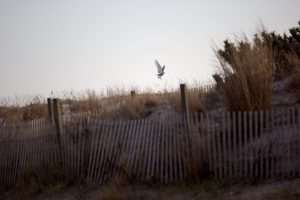
Snowy owls grabbed the attention of many Marylanders and others along the east coast throughout the past year. The owl’s presence in exceptional numbers last winter, was the result of an irruption in the Arctic’s population, and their subsequent journey to find food beyond their homeland. The magnitude of last year’s irruption is a rare occurrence that only happens once every 50 to 60 years.
In response to the irruption, DNR’s Dave Brinker, along with Scott Weidensaul from the Ned Smith Center for Nature and Art and Steve Huy from Project OwlNet last year created Project SNOWstorm, a collaborative research effort involving cooperators across the eastern U.S in an effort to track and study the owls. More information about this snowy owl and others can be found at projectsnowstorm.org.

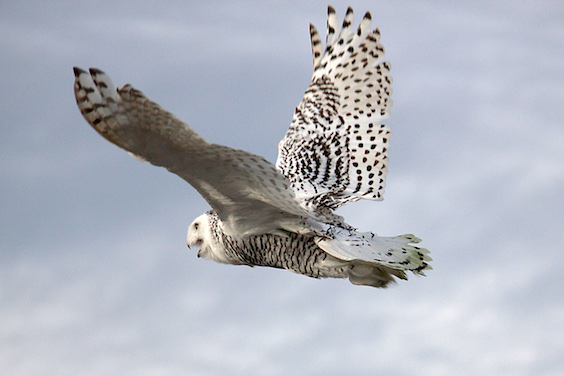
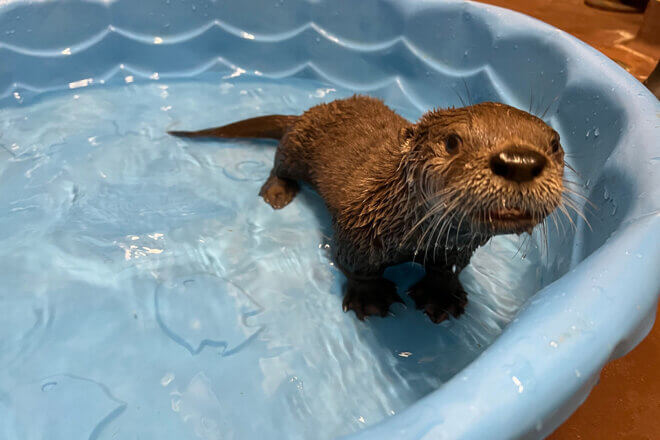
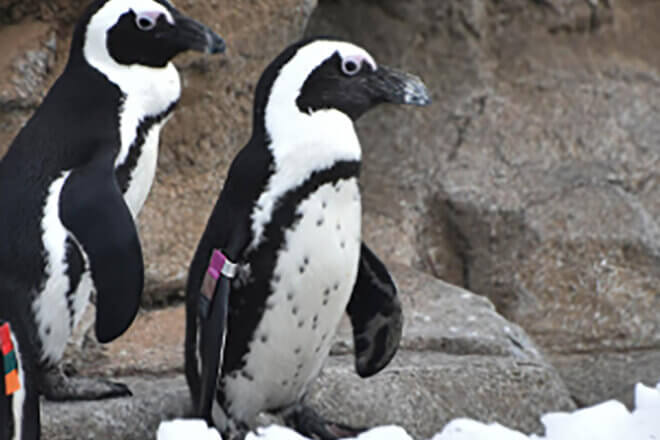
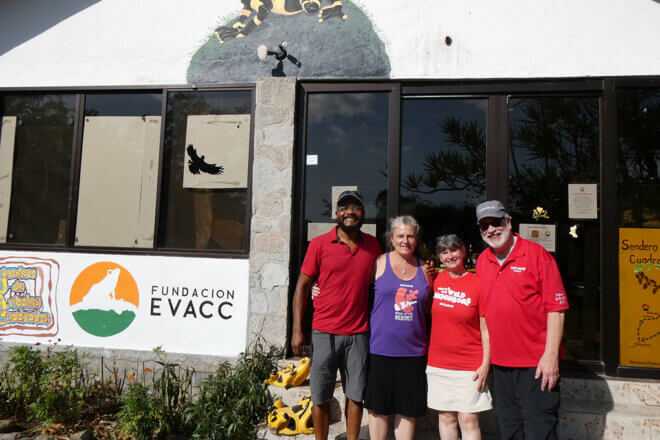

Share this article